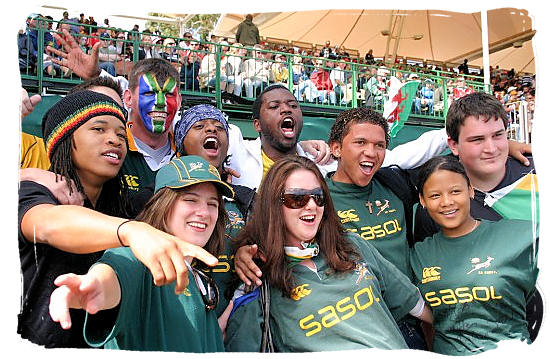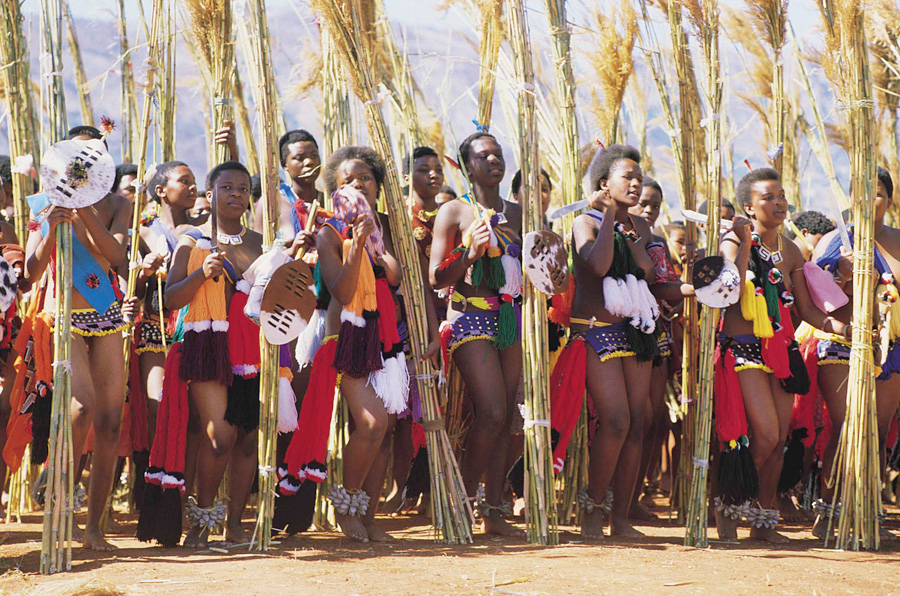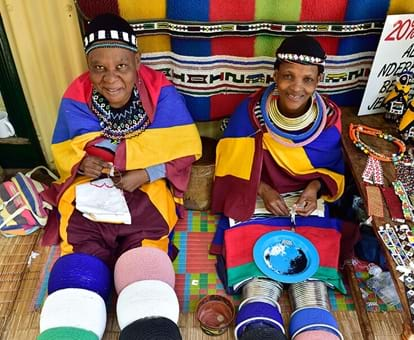The Ultimate Guide To South African Culture Today
The Ultimate Guide To South African Culture Today
Blog Article
Some Known Facts About South African Culture Today.
Table of ContentsFascination About South African Culture TodayIndicators on South African Culture Today You Need To KnowUnknown Facts About South African Culture TodaySouth African Culture Today Things To Know Before You BuyTop Guidelines Of South African Culture TodayThe Buzz on South African Culture Today
An issue of significance in Zambian towns is the passing away of loved ones. All participants of the town put money, time and initiative together for the interment of the deceased.Music and dancing is a very essential element of the Zambian culture. The different tribal units have their own dance forms; nonetheless, makishi is typical amongst all people.
What Does South African Culture Today Mean?
When it comes to songs, drums are used one of the most, with a range of drumming ceremonies. In Zambia, majority of the people are Christian; Protestant and Roman Catholic. There are tiny teams of Muslims and Hindus, with the remainder complying with local native tribal beliefs.

South African heritage and society is exceptionally varied, and contains several groups of people who each have their very own traditions and beliefs. Having such a variety of individuals and societies is what makes South Africa so unique. In the true sense of the expression, we are a rainbow country.
Making it the 7th on the list of nations with the most Portuguese individuals in it outside of Portugal. Portuguese is not just a culture, yet it is also a language and a race. Portuguese individuals stem from the country of Portugal in Europe, nevertheless, due to Portugal (like many other nations in Europe) discovering the globe and dominating various other nations throughout the 15th 20th centuries, South Africa has what we call Portuguese South African's living in it.
South African Culture Today - Truths
Among the prominent features of the topography is a plateau that covers almost 2 thirds of the center of the nation. The plateau complex rises toward the southeast, where it climaxes in the Drakensberg range, component of a cliff that separates the plateau from the seaside locations. The Drakensburg includes Sparkling wine Castle, the greatest peak in the country.
The region north of the Witwatersrand, called the bushveld, slopes downward from eastern to west toward the Limpopo River, which creates the international boundary. The western area of the plateau, the middleveld, likewise descends in the direction of the west and varies in altitude in between the highveld and bushveld. In between the Drakensburg and the eastern and southern coast, the land comes down to the sea.
Nearer the coastline there is a low-lying level called the eastern lowveld. Southwest of the plateau the nation comes to be progressively a lot more dry, paving the way to the stony desert of the Great Karroo, verged on the eastern by the lower, better watered plateau of the Little Karroo. Dividing the dry southerly inside from the sandy coastal of the southerly shore and West Cape is an additional variety, the Langeberg.
The Definitive Guide to South African Culture Today
The nation's racially, ethnically, and politically split history has generated national and subnational signs that still work as icons of the nation, and others signs that are accepted only by specific teams. The monuments to white settler occupation and political prominence, such as the Afrikaner Voortrekker ("pioneer") Monolith in Pretoria and the Rhodes Monolith recognizing the British colonial empire home builder and Cape prime minister Cecil Rhodes, remain sectarian icons.
The very first contemporary residents were the San ("bushman") hunter-gatherers and the Khoi ("Hottentot") individuals, that rounded up animals (South African culture today). The San might have been existing for thousands of years and left proof of their existence in countless ancient cavern paints ("rock art"). Bantu-speaking clans that were the forefathers of the Nguni (today's amaZulu, amaXhosa, amaSwazi, and vaTsonga individuals) and Tswana-Sotho language groups (today's Batswana and Southern and Northern Basotho) migrated down from eastern Africa as early as the fifteenth century

The two previous republics of the Orange Free State and see it here Transvaal (South African Republic) were established by Afrikaner inhabitants who beat and dispossessed the Basotho and Batswana. Lesotho would have been forcibly included into the Orange Free State without the expansion of British protection in 1869. The supreme unification of the nation arised from the South African War (18991902) in between the British and the 2 Afrikaner republics, which lowered the nation to wreck at the beginning of the twentieth century.
Afrikaners historically considered themselves the just true South Africans and, while providing full citizenship to all homeowners of European descent, denied that condition to people of color till the democratic shift of 1994. British South Africans retain a feeling of social and social connection to Great Britain without compromising their identity as South Africans.
9 Easy Facts About South African Culture Today Described
The variety and fragmentation within ethnic groupings and the equilibrium of stress between those teams throughout the twentieth century stopped interethnic civil conflict. While intergroup stress over resources, privileges, and political prominence stay, those conflicts are as most likely to pit Zulu versus Zulu as Zulu against Xhosa or African against Afrikaner.
From colonial India, British sellers and administrators brought the curved steel ornamental roofings and slender shoelace work columns that still exemplify the terraces of cottages arounds and cities throughout the nation. Residences of worship add a crucial architectural element also in the smallest communities. In addition to the rising steeples and investigate this site traditional stonework of Afrikaans Dutch Reformed churches, Anglican churches, synagogues, mosques, and Hindu temples offer selection to the religious building scene.

Butchering and the developing of conventional cereal beer are necessary in safeguarding the participation and goodwill of the ancestors who are considered the guardians of good luck, prosperity, and wellness. Indian neighborhoods preserve their indigenous cooking customs and apply them on Islamic and Hindu ritual and ceremonial events. Afrikaners and Coloured individuals gather at weekends and unique events at multifamily bbqs called braais, where area bonds are reinforced.
Because this was the primary financial venture of both black Africans and white homesteaders, problem in between those groups centered on the belongings of grazing land and livestock. In 1867, the biggest ruby down payments on the planet were found at Kimberley in the west central location. The wealth from those fields aided fund the exploitation of the best gold reef in the world, which was discovered on the Witwatersrand in 1886.
The 8-Second Trick For South African Culture Today
This resulted in misconceptions and calculated misrepresentation in the dealings of white inhabitants and government authorities with African chiefs throughout the linked here colonial duration (South African culture today). In the establishment of African books, some aspects of common and chiefly "tribal depend on" land tenure were maintained, and even in white country locations, types of common tenure were still exercised in areas with African communities
After the autonomous change of 1994, programs for land restitution, redistribution, and reform were set up, however progression has been slow-moving. The white minority still controls eighty percent of the land. In the wake of farming land invasions in Zimbabwe, the Department of Land Matters has actually pledged to speed up land redistribution.
Report this page